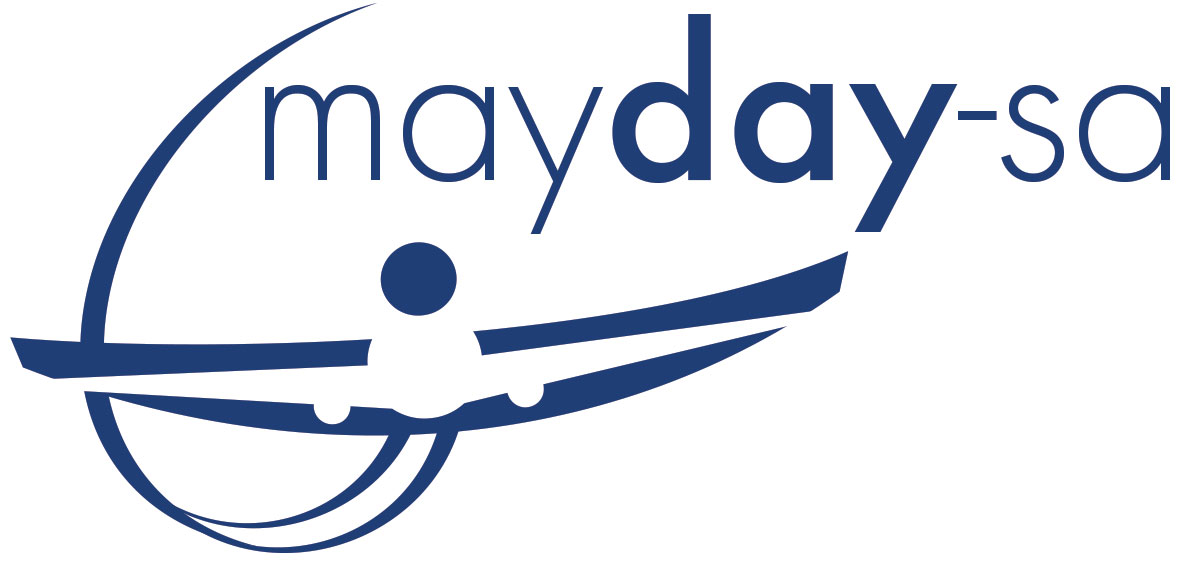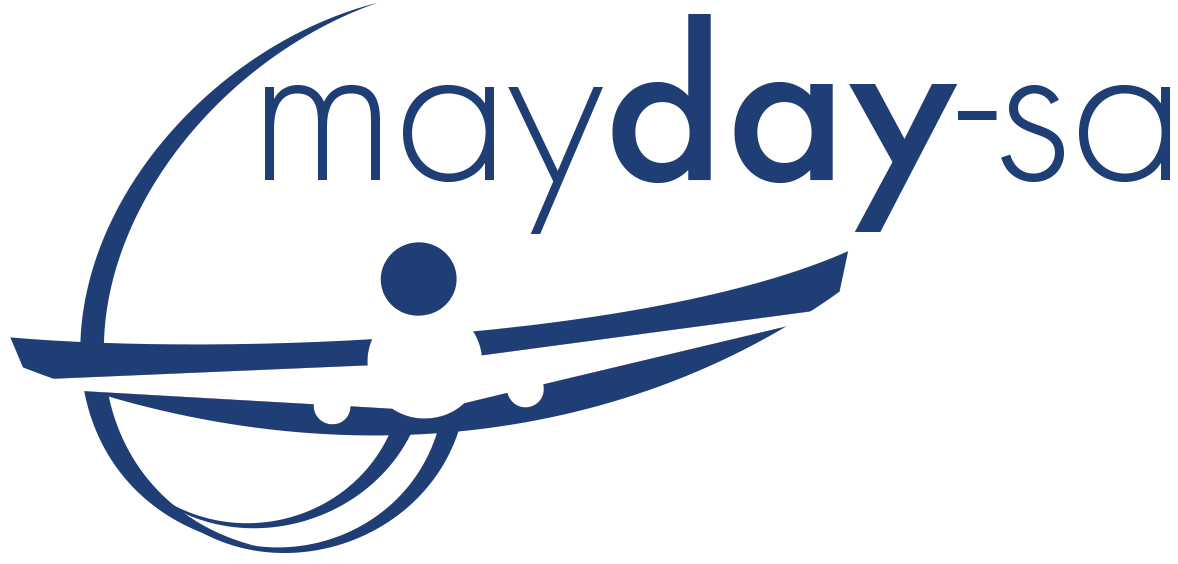“We’re retrenching”
“We’re closing your division”
“We’re closing the business”
“We’re offering voluntary severance packages”
“We’re offering unpaid leave”
No matter how they say it, the devastating fact is YOU ARE NO LONGER EMPLOYED.
At a time like this, a multitude of thoughts and emotions start to race around in your mind. From anger to disbelief, loss, emptiness and fear, and worst of all, it may lead to a loss of identity and self-confidence.
Having been retrenched twice and having worked at two airlines which closed, I understand the thoughts and emotions which so many aviators are experiencing right now. I would like to share my thoughts, emotions and reactions after my retrenchments, and, with hindsight, how I might have reacted/responded differently.
My first reactions were disbelief, shock and anger, all at once. After all, I had worked at the company for 20 years, how could they do this to me? A while after that came the sense of loss – I had enjoyed working for the company and had made many friends there. Shortly after, I felt the emptiness and fear – what do I do now? And with all of this came the loss of identity and self-confidence – I must have done something wrong and they didn’t tell me, it must be my fault.
And then came the worst emotion – panic! How am I going to support my family, pay my bond, pay accounts, where am I going to find another job?
In my panicked state, I took the first job that was offered to me, and 6 months after taking the job, due to further market decline, I was made redundant for a second time.
Not having learnt from my earlier retrenchment, I defaulted to panic mode again. A friend, who was a successful life assurance consultant, suggested I join the company he worked for, and I did just that. My second panic position and my second mistake.
I had no interest in the work, but I was employed and tried to do the best I could. I retired from the company 20 years later, and took a position as Safety and QA manager for a start up airline. Only then did I realise that I had “lost” 20 years during which I could have been in an industry which I enjoyed and understood.
What is the take-away from this tale?
- Don’t panic: Panic and anxiety disengages the prefrontal cortex, which is the part of the brain that is essential for making good decisions. The prefrontal cortex is involved in weighing up consequences, planning and processing thoughts in a logical and rational way. It helps to take the emotional steam out of a decision by calming the amygdala, the part of the brain that runs on instinct, impulse and raw emotion (such as fear). Be patient with yourself. Reinventing your career is a process, takes time and requires a strategic and well-thought through approach. As tempted as you may be to jump into action, it can sabotage your efforts as it did for me.
- Review your skills and talents: As a pilot, one might be tempted to say “I’m just a pilot”. However, you are more than the sum of your parts. Never forget the skills that you have accumulated in simply attaining that PPL, CPL or ATP. Also consider the skills that you exercise every time you fly. Problem solving and data analysis spring to mind immediately. Add to that management skills when dealing with other crew members and service providers, time management and adaptability, and you will realise you have a diverse set of skills. These skills are applicable to any number of non-aviation jobs out there. So, write down a list of the core competencies that you as a pilot needed in your day-to-day flying experience, and add those to your resume.
- Polish up that resume/CV: When was the last time you updated your resume or CV? What is the difference, you may ask? A resume is a brief summary of your skills and experience over one or two pages, whereas a CV is more detailed and can stretch well beyond two pages. There are many resources online and on LinkedIn to provide guidance on how to write an excellent resume or CV.
- Perfect the cover letter: The cover letter isn’t simply a rehash of your CV. It is a distillation of your skills and experiences, applicable to the position you are apply for. The cover letter is individualised for each application.
- Start building a network: You may have an impressive number of Facebook friends, but can they help you find another job? LinkedIn is a very powerful networking tool, not only to give you valuable information on the art of seeking a job, but in actually seeing the advert for that job. Sign up and make sure that your profile is as rounded as your paper resume.
- Consider getting “interview coaching”: This is something that is viewed in a very positive light by HR teams. Learn about the STAR method (Situation, Task, Action and Result) of interviewing, or other similar techniques, to ensure that you are ready to respond appropriately. Ask your network for feedback about skills, abilities and character traits which they observe you exhibiting or demonstrating successfully. If it is another airline job that you’re applying for, brush up on your SOPs, and consider hiring a simulator for an hour or two to brush up on your flying technique prior to the sim portion of the interview process.
- Learn more about something in which you have an interest: You are never too old to learn something new. Perhaps you have an interest in something totally outside of aviation – see if there is an online course that you can do in the downtime that you find yourself in. Upskill yourself in something new, or something that complements your already impressive resume.
References:
https://www.heysigmund.com/anxiety-interferes-decision-making-stop-intruding/
https://www.cv-library.co.uk/career-advice/cv/how-to-write-a-cv-tips/
https://www.cv-library.co.uk/career-advice/cover-letters/how-to-write-cover-letter/
FOLLOW US ON FACEBOOK AND LOOK OUT FOR OUR NEW ARTICLE ON MONDAY 27 JULY


